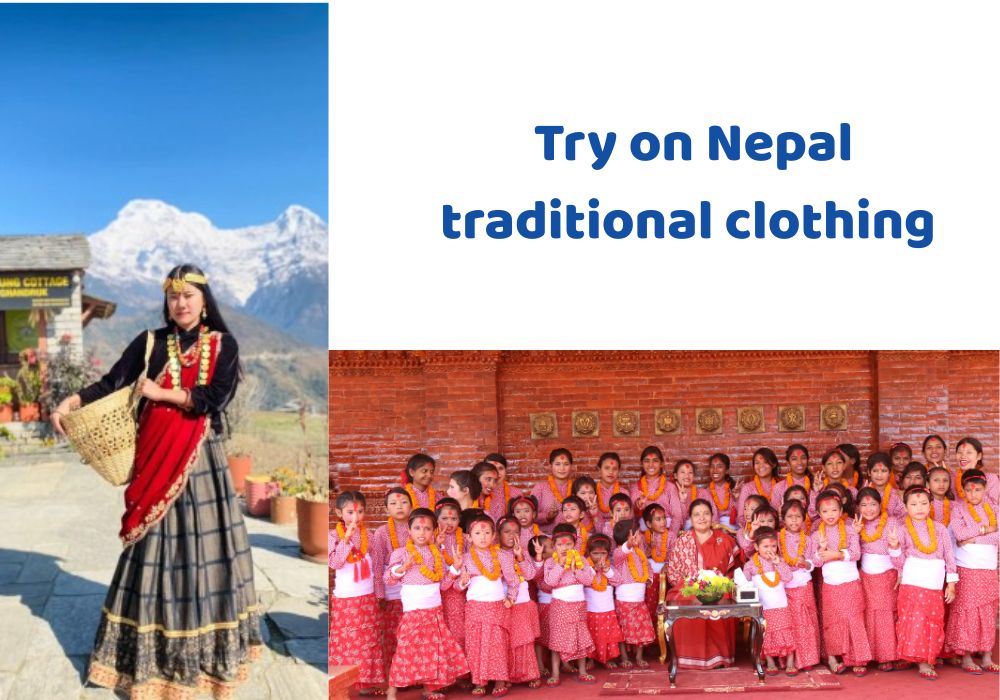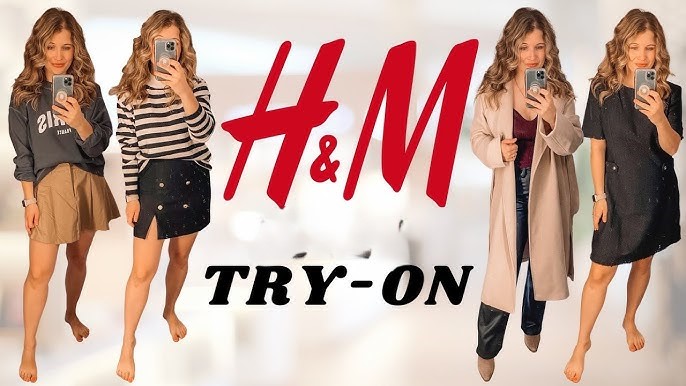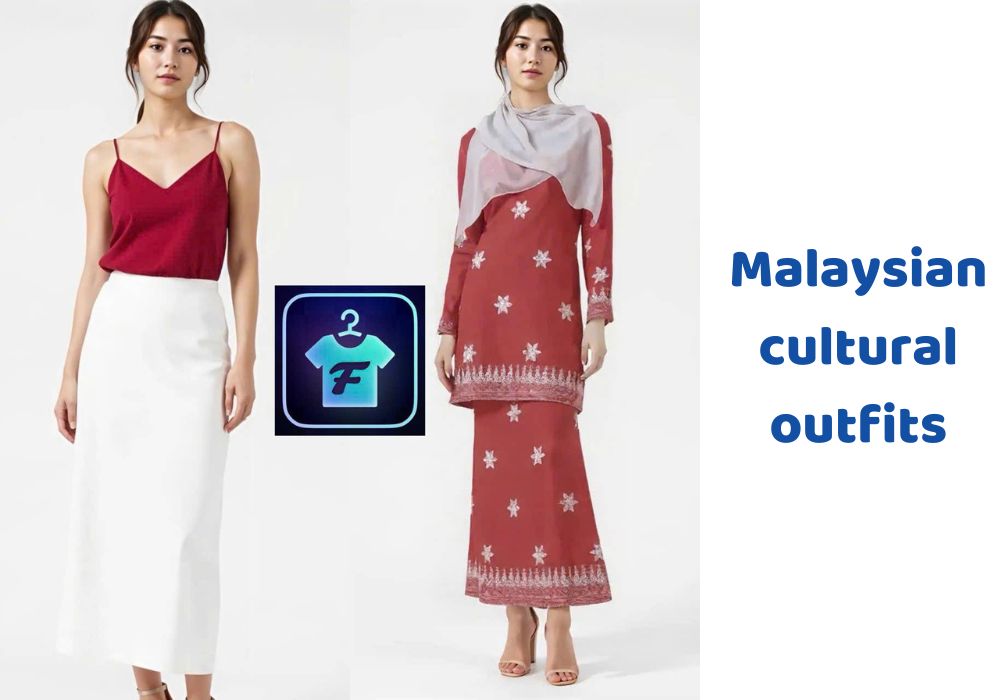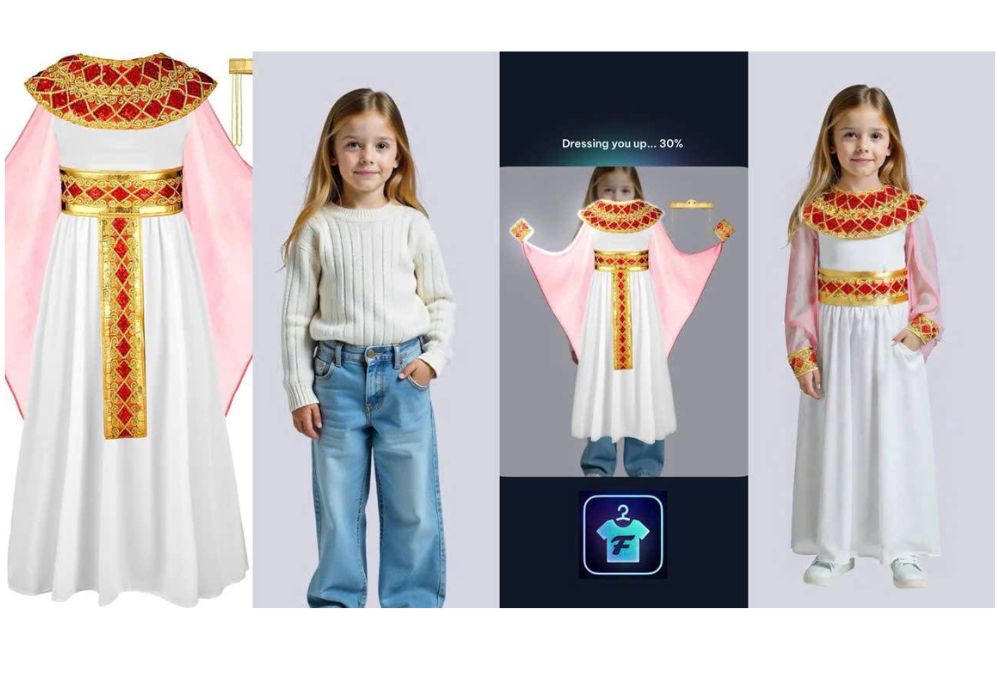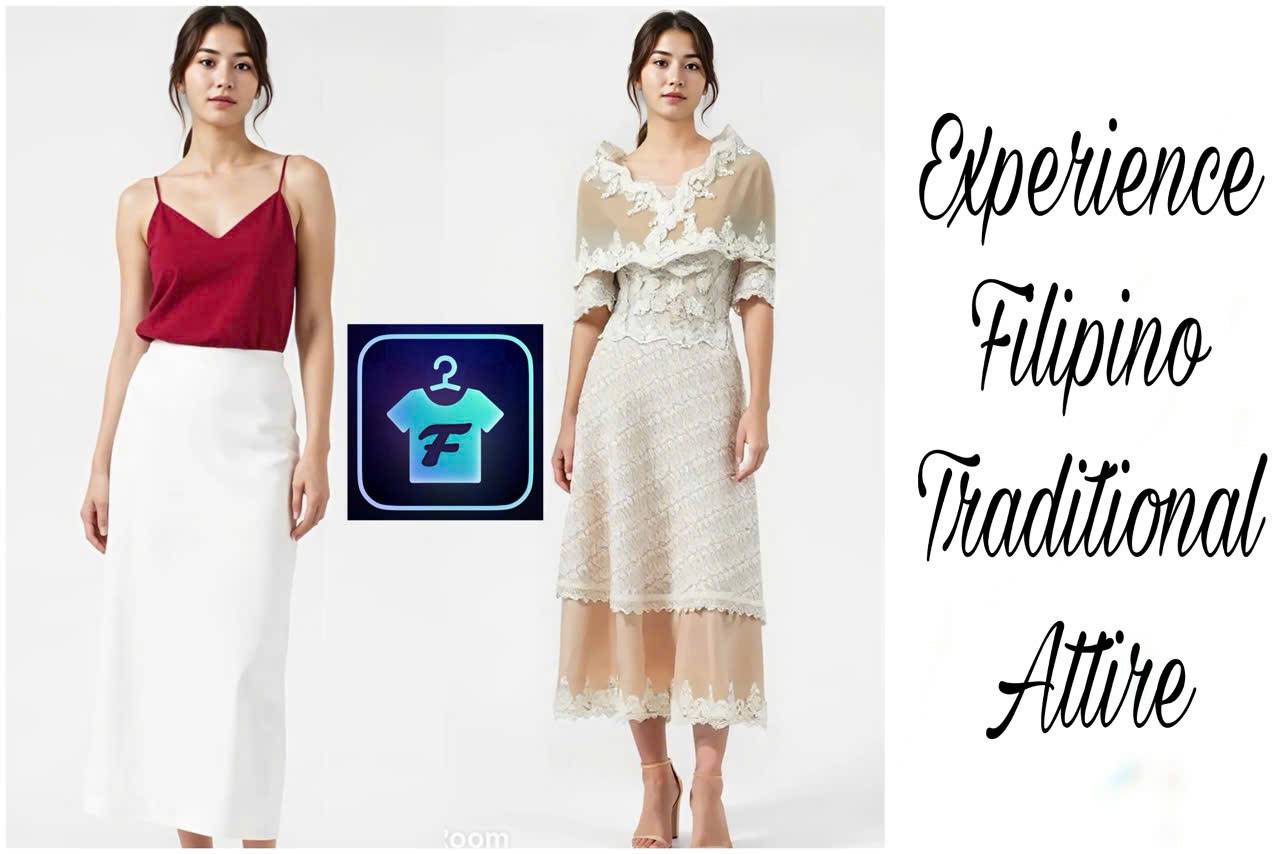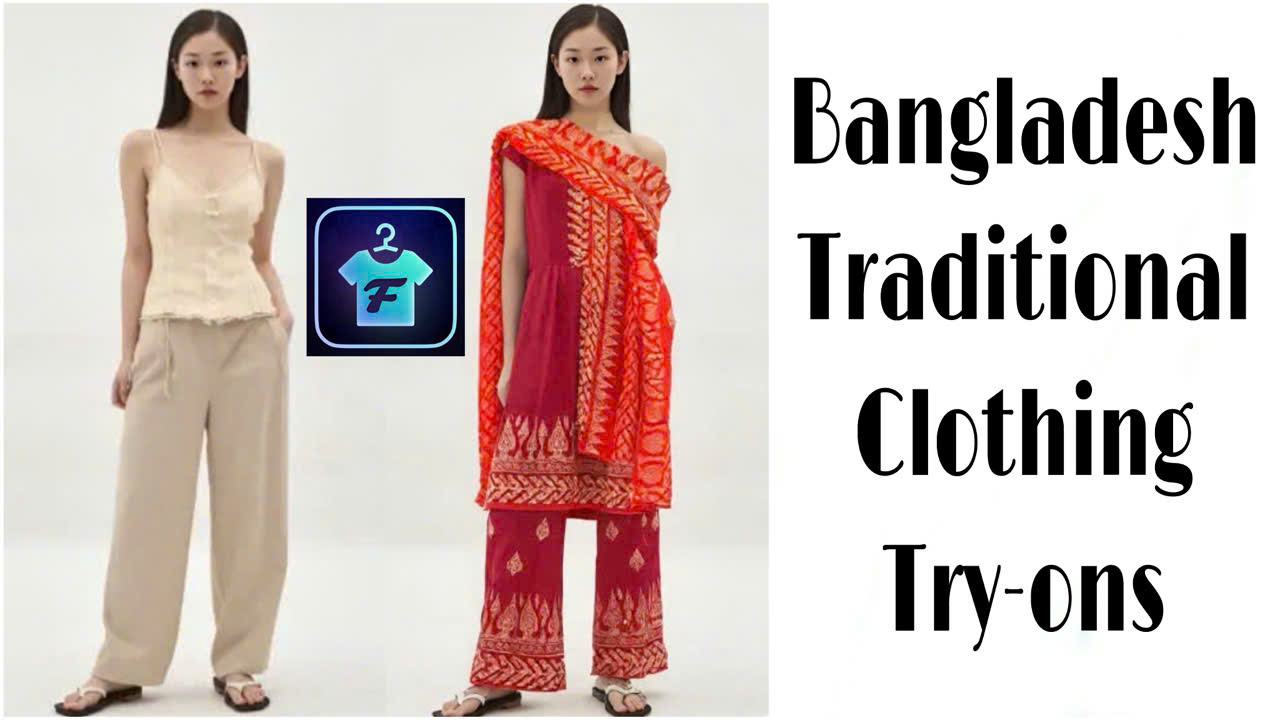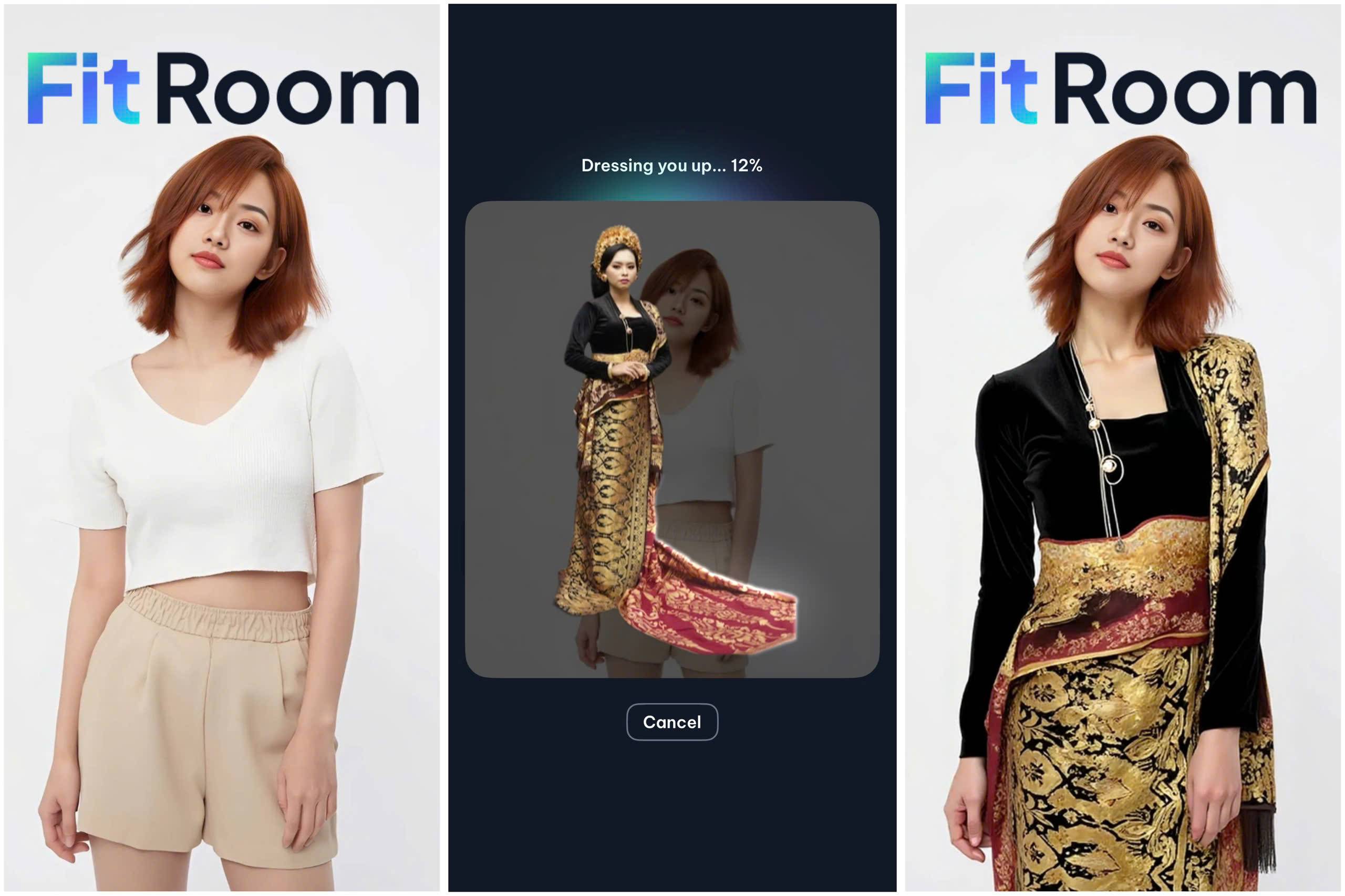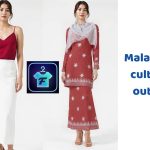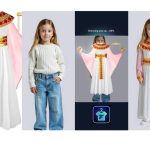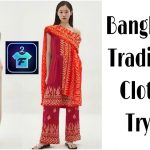From the snow-capped peaks to the bustling streets of Kathmandu, Nepal is a land rich in culture, history, and vibrant traditions, especially when it comes to what people wear. Traditional Nepali clothing is a reflection of identity, heritage, and celebration.
With Fitroom’s virtual try-on platform, you can step into these timeless outfits from anywhere in the world, just upload a photo and see yourself draped in Nepali elegance.
How Nepal’s traditional clothing weaves history and culture
Located in the lap of the Himalayas, Nepal is a land of ancient kingdoms, vibrant festivals, and deeply rooted traditions. Over the centuries, its traditional clothing has evolved alongside its history, shaped by geography, climate, trade routes, and the customs of more than 120 ethnic groups.
In ancient times, when the Licchavi and Malla dynasties ruled, Nepali attire leaned toward simplicity and religious symbolism. Men wore garments like the Daura Suruwal, believed to be inspired by Vedic attire, while women adorned themselves in handwoven fabrics like Gunyo Cholo, especially in Hindu communities. They were worn during rites of passage, prayers, and festivals, symbolizing purity, grace, and respect.

As the country opened up to trade with India, China, and Tibet, clothing styles began to reflect outside influences. Silk and cotton fabrics became more accessible, and embroidery and jewelry grew more elaborate. However, despite the evolution in materials and patterns, the soul of Nepali clothing remained the same, deeply spiritual and community-oriented.
Each region of Nepal adds its flair. In the hills, you’ll find warm, layered outfits woven from wool. In the Terai plains, lighter, airier garments made of cotton dominate. Ethnic groups like the Newar, Tharu, Sherpa, and Gurung each preserve their own dress tradition, colorful, unique, and often worn with pride during weddings, festivals like Tihar and Dashain, and sacred ceremonies.
While modern trends may influence daily wear, these garments still carry the whispers of ancestors, the spirit of the land, and the joy of shared heritage.
More traditional clothes to explore:
From valleys to villages: Traditional outfits across Nepal
Nepal’s rich cultural mosaic is beautifully reflected in the way its people dress. From the soaring Himalayas to the lush southern Terai, each region and ethnic group brings its own style, story, and symbolism to what they wear.
Nepalese traditional dress for women
- Gunyu Cholo
Worn by women in the hilly regions, especially among Brahmin and Chhetri communities, the Gunyu Cholo is a set of traditional clothing consisting of: Gunyu: a long wrap-around cloth (similar to a sari but often shorter), Cholo (a tight-fitting blouse) and a patuka (a cloth belt wrapped around the waist).
Young girls traditionally receive the Gunyu during a special coming-of-age ceremony. Today, it remains a powerful symbol of Nepali heritage during festivals and family gatherings.
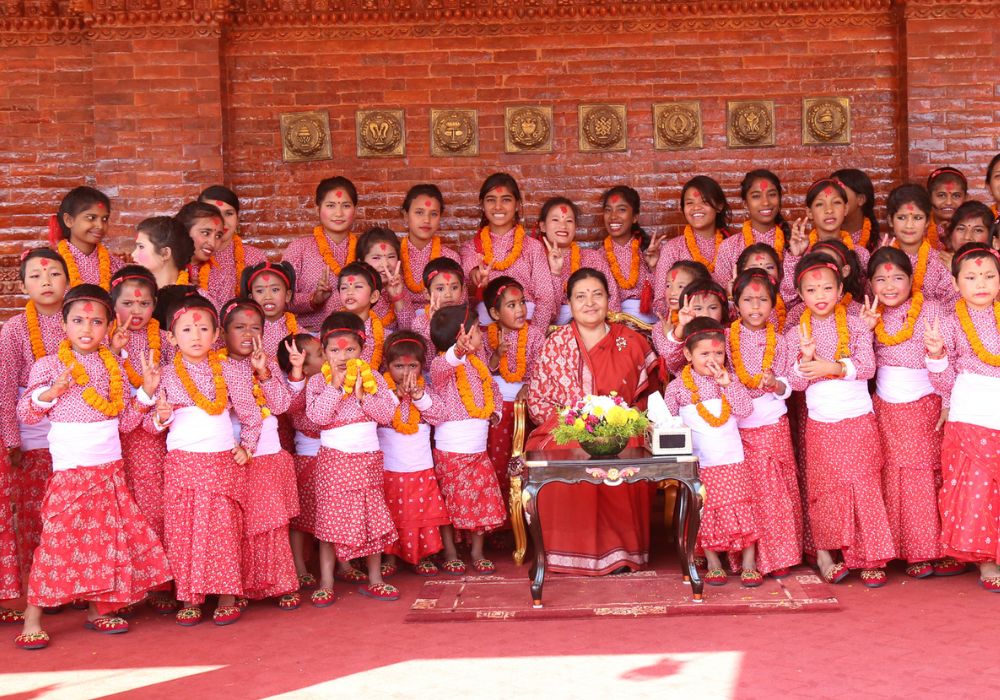
- Haku Patasi (Newar attire)
A striking outfit among Newar women in the Kathmandu Valley. It features a black sari with red borders (haku means black, patasi means sari) and a white shawl worn diagonally, mix with silver jewelry and red beads (mala). Haku Patasi is worn during important festivals like Indra Jatra or Gai Jatra, this outfit blends elegance with ethnic pride.
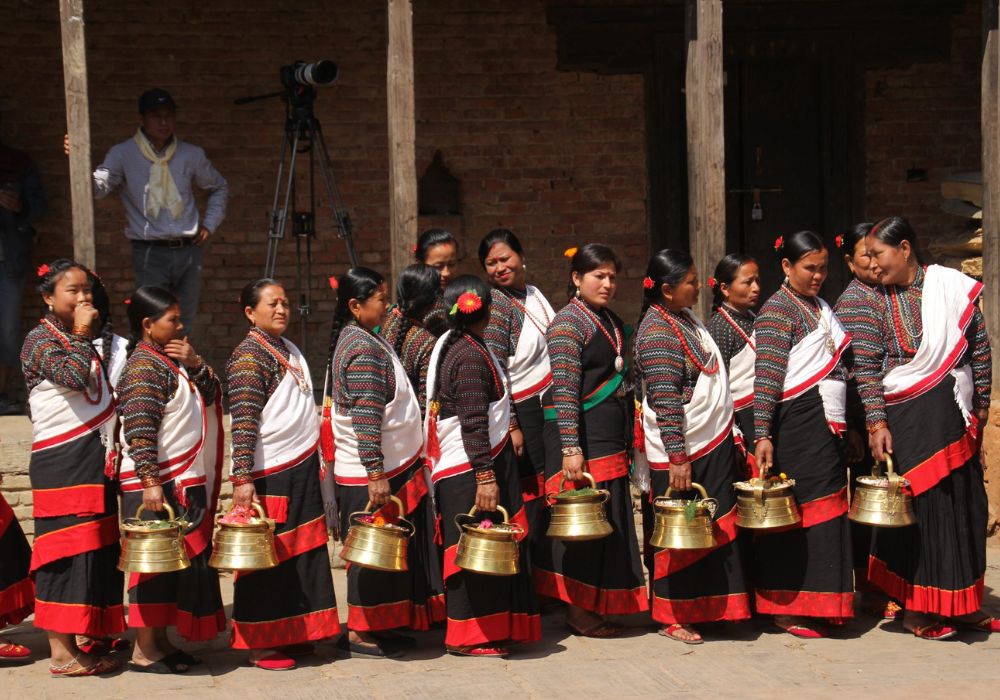
- Sari
Influenced by Indian styles, the sari is widely worn by women in the Terai region (Madhesi communities) and in urban areas across Nepal. These saris range from everyday cotton wraps to heavily embroidered silk versions used for weddings and pujas.
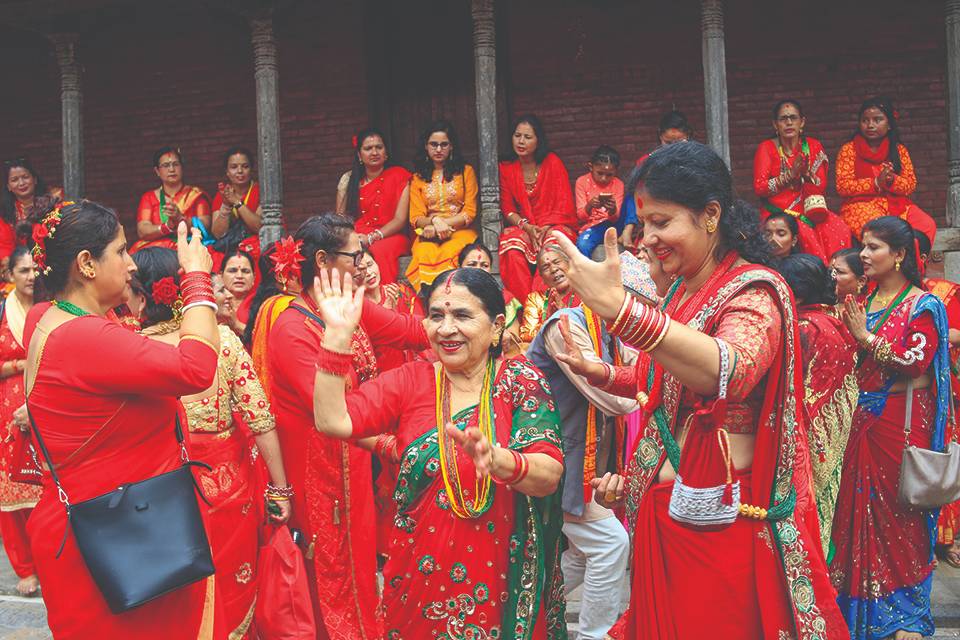
- Kurta Suruwal
A long tunic (kurta) worn over loose-fitting trousers (suruwal), often with a scarf (dupatta). This versatile and comfortable outfit is especially popular among young Nepali women for daily wear and office settings. It’s also common in school uniforms.
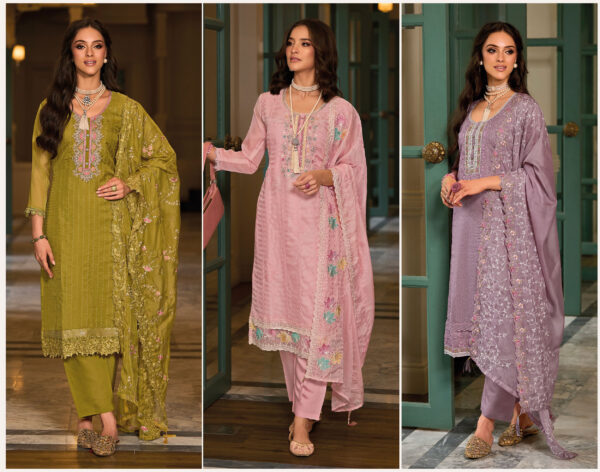
Nepalese traditional attire for men
- Daura Suruwal
Nepal’s national dress for men, the daura (tunic) features eight pleats symbolizing good luck and spiritual elements. The suruwal (trousers) is tapered and traditionally worn with a topi (hat) and waistcoat.
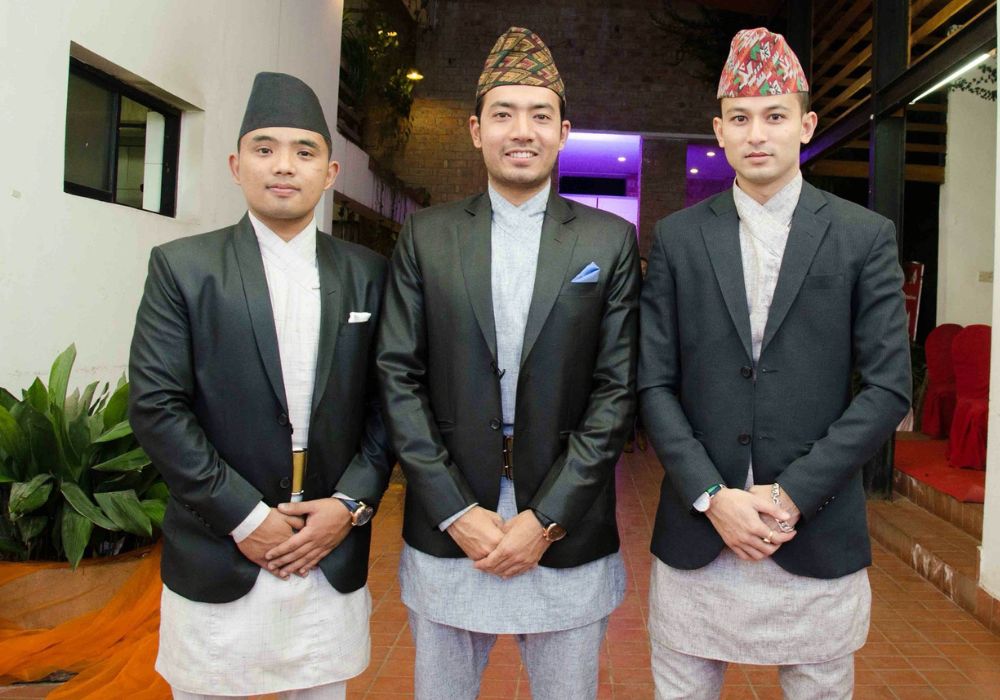
- Dhoti Kurta
This simple and lightweight outfit, worn mainly by the Madhesi community in the southern plains, is perfect for the warmer Terai climate.

- Bakhu (Chuba)
A warm, robe-like garment worn by Tibetan and Sherpa men in mountainous areas. It’s often belted and paired with boots and scarves.
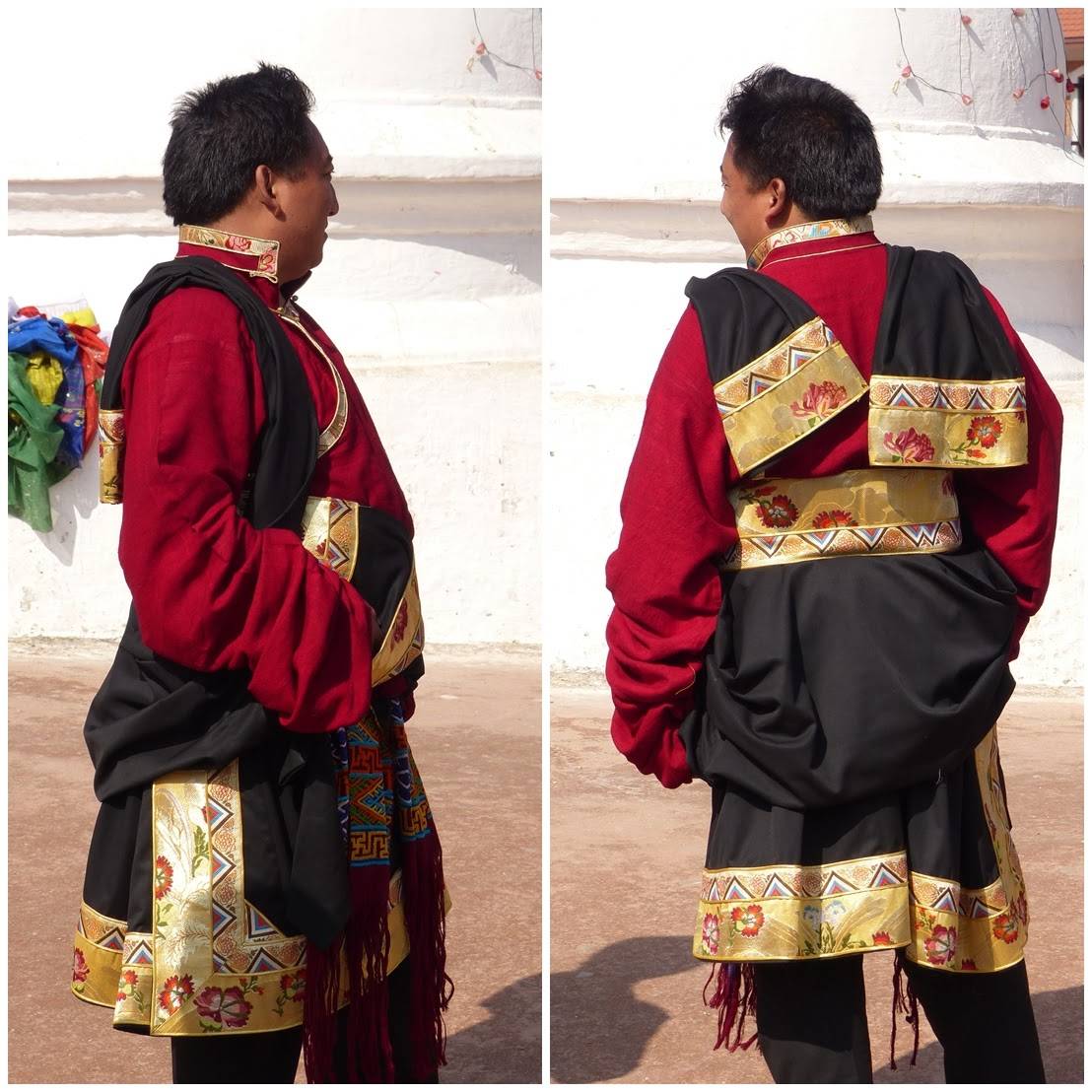
- Tamang and Gurung attire
Often made of coarse wool or Dhaka fabric, their clothing includes symbolic embroidery and accessories like necklaces, sashes, and headgear used during the Tamang Selo dance or Sakela festival.
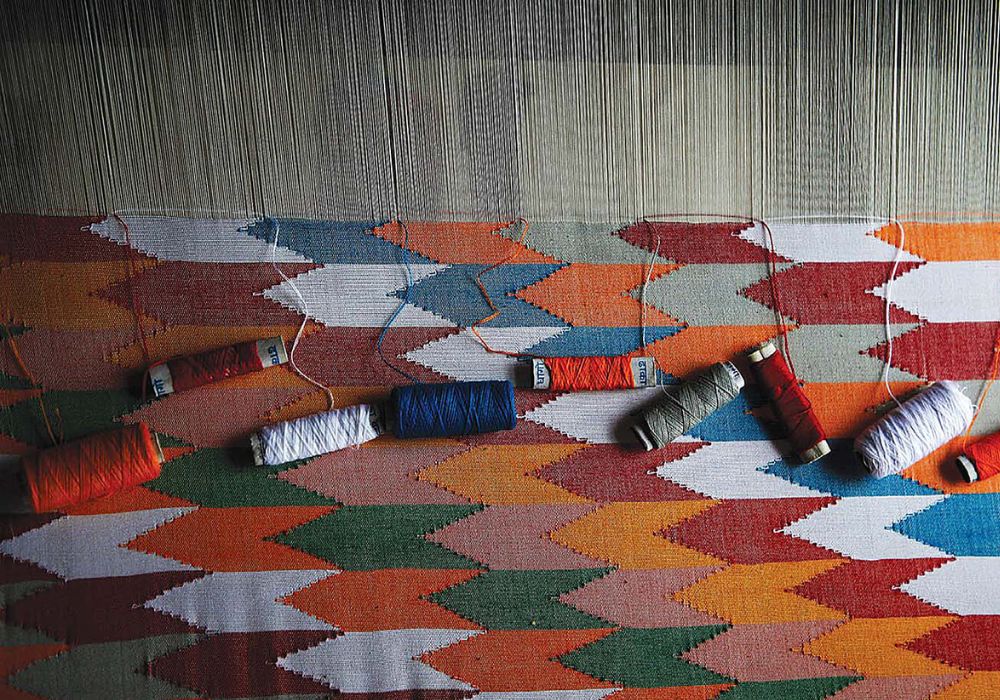
Across Nepal, traditional outfits are still lovingly worn during major festivals like Dashain, Tihar, and weddings, or even passed down through generations. They’re stitched with pride, adorned with heritage, and carry the voice of many Nepali communities.
Step into Nepal’s traditional attire with FitRoom
You don’t have to travel to Kathmandu or wait for a festival to experience the beauty of Nepali traditional wear. With Fitroom, you can now virtually try on these cultural outfits, whether you’re curious about how you’d look in a Gunyu Cholo or want to rock a Daura Suruwal on your next Instagram post.
Fitroom is a fully automatic, AI-powered virtual try-on tool. It lets you upload a photo of yourself and instantly see how you’d look wearing different outfits. No complex editing, no posing in front of a green screen, just smart tech doing the magic.

With just a few clicks, you can:
- Try on before buying: Thinking of getting a sari or kurta for a cultural event? See how it fits your body and style first.
- Experience Nepal from anywhere: Whether you’re a diaspora longing for home or a traveler curious about Nepali culture, this is your window into tradition.
- Create fun social content: Snap a pic, try on a Haku Patasi or Sherpa Bakhu, and share it with friends. Cultural appreciation meets digital fun.
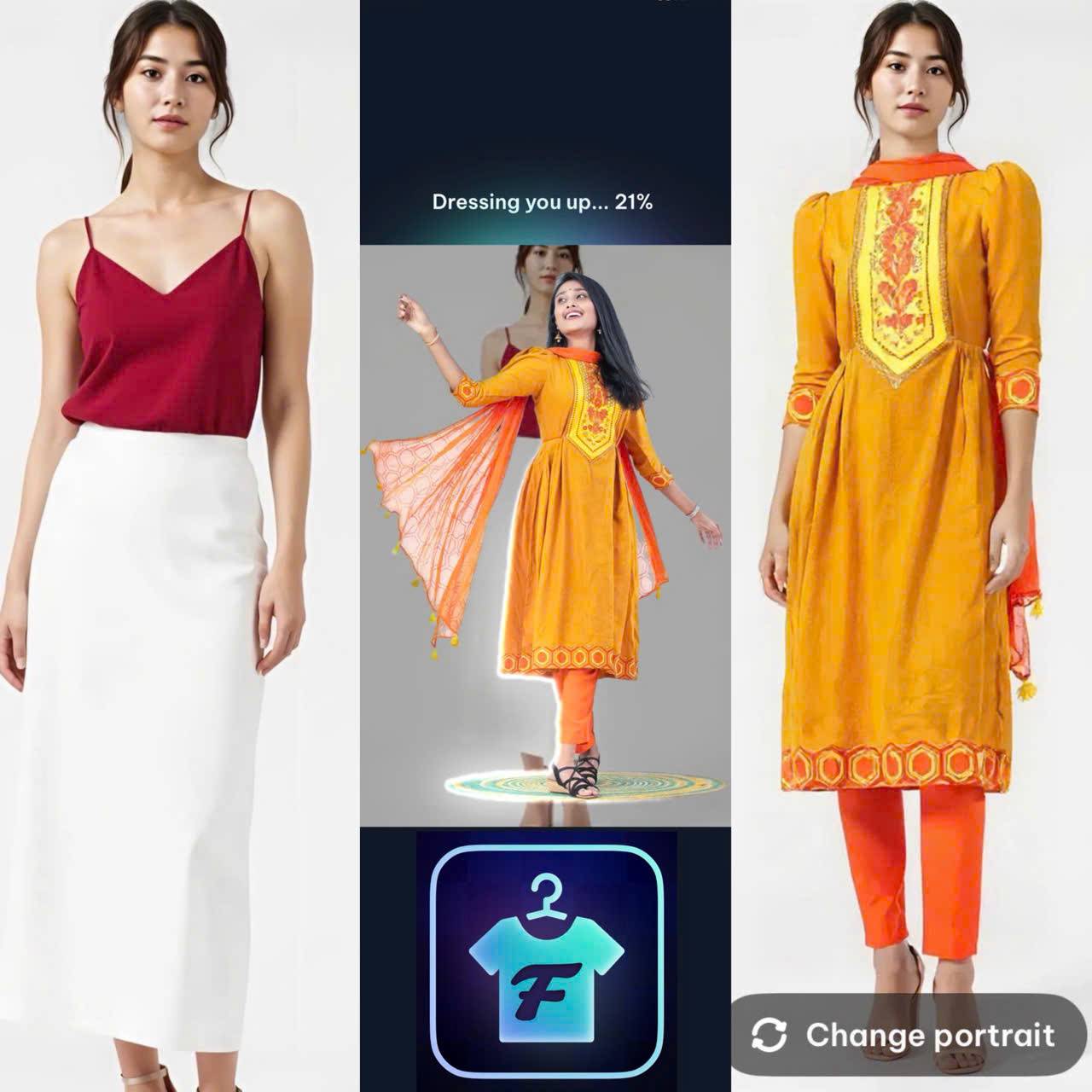
How to use Fitroom to try on Nepali clothing:
- Find a photo of the outfit you want to try, this can be from an online shop or a festival gallery. You can even take a screenshot from an Instagram boutique selling Nepali clothing.
- Upload your own portrait photo to Fitroom’s web app.
- Upload the outfit image
- Click “Generate.” Let Fitroom work its AI magic! In seconds, you’ll see yourself dressed in stunning Nepali traditional attire, with realistic textures, folds, and colors, all while keeping your natural pose.
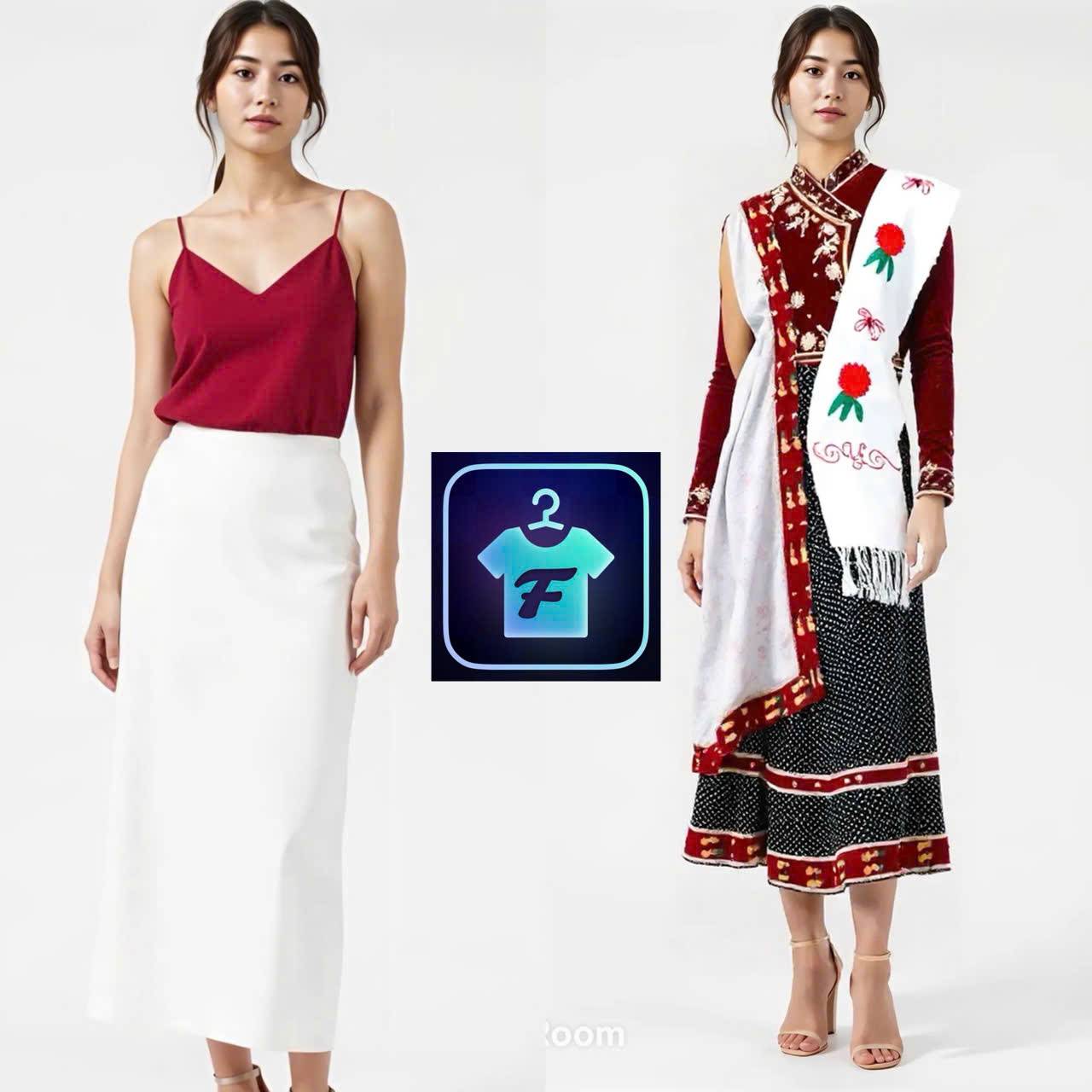
Traditional Nepali clothing beautifully reflects the country’s soul, woven with history, shaped by nature, and cherished by generations. Today, with the help of Fitroom, you don’t need to travel far to connect with that legacy. Whether you’re Nepali and want to see how you’d look in a Daura Suruwal or Gunyu Cholo, or simply someone fascinated by world cultures, you can step into Nepal’s traditions with just a few clicks.
Virtual try-ons aren’t just convenient, they’re a celebration of heritage, creativity, and global connection. So why not give it a try and see how timeless style looks on you/


